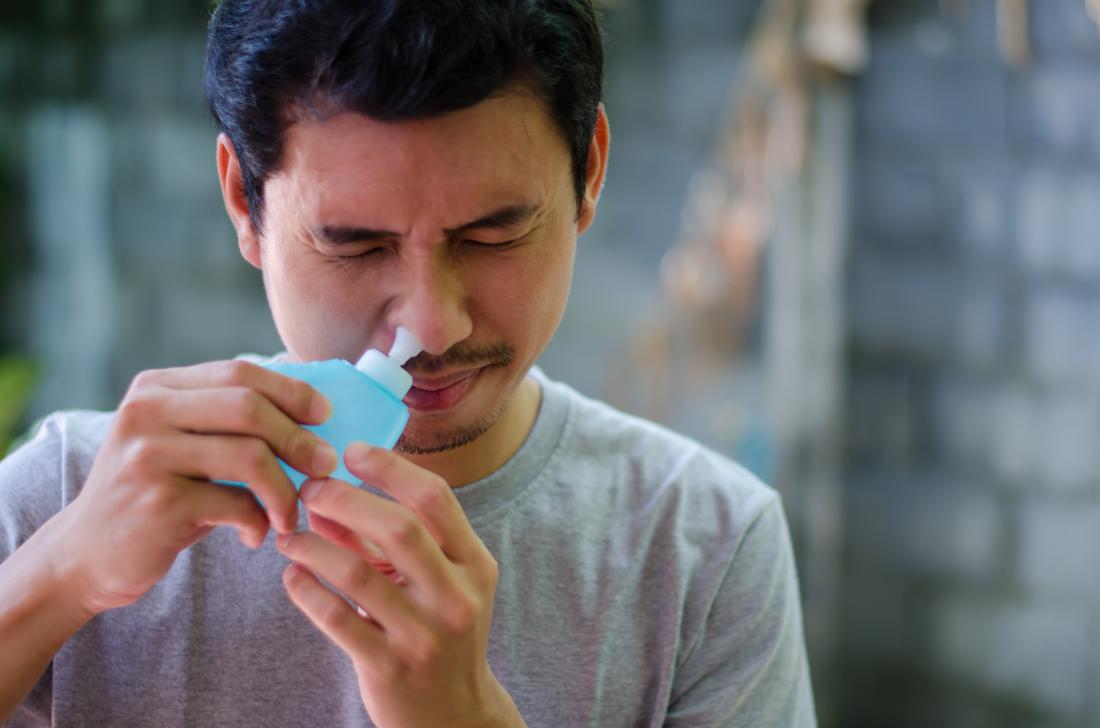Sinusitis is the mucosa inflammation of the paranasal sinuses that can be caused by a fungus, a bacterium or a virus, or by an allergy. The paranasal sinuses are small hollows full of air; They are divided into frontal sinuses (they are on the front of the skull, located above the nose, that is, on the forehead), ethmoid sinuses, and maxillary sinuses (located in the cheeks). In typical situations, the air passes through the sinuses without a problem; However, people suffering from sinusitis have blocked these spaces and experience discomfort and difficulties when breathing.
It is a pathology widespread in the general population, so many specialists usually see it. It features a wide variety of symptoms and, in some cases, can have a significant impact on the quality of life of patients.
Some Causes of Sinusitis
The leading causes of this pathology are infections, either viral (the most frequent), bacterial and fungal. There are other causes related to the inflammatory mechanisms and the immune system of the patient, which, despite its implications, are widely demonstrated, the exact mechanism is still unknown.
Some factors predispose to sinusitis:
Climatic Variations: the colder seasons and the increase in humidity predispose to a higher probability of suffering from sinusitis.
Tobacco: Both being an active smoker and being exposed to their smoke is a predisposing factor in this pathology.
Environmental or occupational exposures to pollution, irritants used in industry, and exposure to smoke.
Individual anatomical variations (septal and nasal septum deviations, lack of development of the paranasal sinuses, a nasal bone spur, or the presence of nasal polyps).
Allergies: not clear relationship with acute sinusitis, but demonstrated in the case of chronic sinusitis, along with asthma.
Associated Diseases: alterations in mucociliary clearance (cilia or hairs that are located inside the paranasal openings do not manage to remove the mucus due to any condition), cystic fibrosis, vasculitis.
Having a weak immune system, due to the human immunodeficiency virus (HIV) or to treatments such as chemotherapy.
Diagnosis of Sinusitis
It is a general pathology, so many specialists and general practitioners usually attend it. In most cases, the diagnosis is clinical, based on the symptoms, since they do not reach a specialist in Otolaryngology. However, in those cases that are chronic or that do not improve with the treatment, it would be advisable to perform a nasal endoscopy to rule out the presence of polyps or other alterations. Also, in some cases, it may be necessary to perform an imaging test such as computed tomography (CT) or magnetic resonance imaging (MRI).
Specifically, the following tests and exams are available:
- Rinoscopia: it is a nasal endoscopy utilizing which a tube is introduced to see the paranasal sinuses.
- Computed Tomography: to see the paranasal openings and observe the state of tissues and bones.
- Magnetic Resonance: to check the possible presence of tumors and infections in the paranasal sinuses.
- Transillumination: the specialist projects a light against the breasts to check if they are inflamed or occupied.
Home Remedies for Sinusitis
So many allergies can cause Sinusitis in both young and old, but there are good home remedies that will help you treat the bacteria effectively even though it swells up the tissue linings in the Sinusitis, it is important to understand that you can still breathe but was just slowed down by the mucus surrounding the air wall. Sinusitis deals with the children but can still be contained by the parents.
- Drink extra fluids to dilute mucus. Drink at least eight glasses (15 to 20 are ideal) water per day. Some sinusitis medications may make you thirsty.
- Damp air from a humidifier, warm shower or basin with warm water can be breathed. Increase the humidity in your home, especially in the bedrooms. (If you have allergies, keep the humidity below 50% to stop the growth of fungi and dust mites.)
- Use oral decongestants or mucus diluents. Decongestant nasal sprays can provide temporary relief. However, do not follow this treatment unless necessary, and if not, for longer than three days – as this often leads to a “rebound” of symptoms, i.e., the congestion returns with an opinion when the effect of the spray decreases. Take Azithromycin to kill the bacteria in a convenient use at home.
- Take aspirin, paracetamol or ibuprofen if you have a headache. Also, you can examine the back of your throat to make sure you don’t drip postnasal. If there are slime marks, gargle with warm water to avoid a sore throat. Sleep at night with your head higher than your body.
- Buffered salt irrigation (salt water with bicarbonate of soda) helps rinse mucus and bacteria out of the nasal passages. Use a large syringe needle to gently spray the solution into your nose, one nostril at a time, with your head bent forward, to make sure the solution reaches the upper parts of your nose. Push it through into your mouth and then spit it out. Repeat the procedure 2 to 4 times a day.
- Try to keep your nose open so you can breathe through it. There is twice as much airflow to your sinuses as you breathe through your nose when breathing through your mouth. Sufficient airflow reduces the possible growth of bacteria in the sinuses.
- Avoid alcohol. Alcohol is a diuretic, which means it causes dehydration, which can lead to the drying and thickening of mucus. This can cause blockage of the ostia and aggravate the infection. Allergies or sensitivity to red wine, yeast, sulfites or other alcohol components can aggravate the problem by causing an allergic swelling of the nose.
- Inhalation of eucalyptus oil can help in many cases to open the nose. Some people report that the inhalation of garlic cloves also helps.
- Several non-traditional treatments have been used with the treatment of sinusitis. Acupuncture is said to relieve the condition, but there are no studies to confirm this.
- Non-medicated therapy should be used with prescription drugs from the RXShopMD to prevent serious complications.





